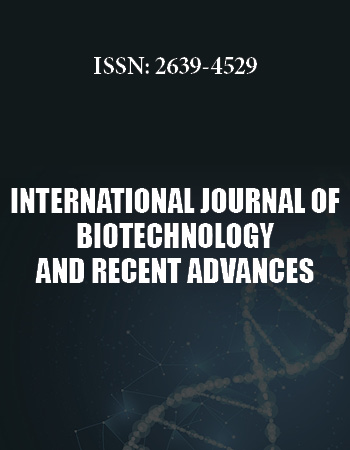European Microbiology Research Conference
December 3-4, 2018 Valencia, Spain
Green Synthesis of Silver Nanoparticles and its Effect against Prominent Hospital Acquired Infection Causing Bacteria
Shivaji University, India
We have reported ecofriendly extracellular and cost- effective synthesis of Silver Nanoparticles by isolated Bacillus marisflavi YCISMN5 for the first time. The AgNps were charachterized by UV-Vis Spectroscopy, XRD, FTIR FE-SEM EDS, and DLS. The UV- Visible spectroscopic analysis showed strong surface Plasmon resonance(SPR) peak at 434 nm. XRD analysis revealed the crystalline nature of AgNps with Fcc lattice. The FTIR analysis revealed the role of biomolecules in the formation of AgNps. FESEM revealed the size of AgNps in the range of
20-30 nms. EDS confirmed the formation of metallic AgNps. Average particle size calculated using DLS measurements was found to be approximately 27 nm.
Hospital acquired infections are a major problem, doctors and patients have to face in day to day life. AgNps have received more importance than metallic silver due to their increased antimicrobial activity at nanoscale.
Representative pathogens causing nosocomial infections, Pseudomonas aeruginosa ATCC 27853, Staphylococcus aureus ATCC 25923, and Escherichia coli ATCC 25922, were treated with the biosynthesized AgNps to assess their antibacterial activity, singly and in combination with third generation antibiotics.
Results: It was observed that AgNps showed good antibacterial activity against Pseudomonas aeruginosa,Staphylococcus aureus and Escherichia coli than standard antibiotic, whereas enhanced antibacterial activity of AgNps in combination with cefperazone was observed against Pseudomonas aeruginosa as compared to standard antibiotic and the zone of inhibition was found to be increased by 0.13 fold(P≤.05). This result seems to be significant in designing strategies for curing Pseudomonas infection.
Biography:
Shivangi Shivraj Kanase is working as an Associate Professor in P.G. Department of Microbiology. She has a teaching experience of twenty- seven years. She completed her Ph.D. from Shivaji University in 2007under FIP. As a research guide she is guiding six students for their Ph.D. Her areas of research include Nanobiotechnology, Endophytes from medicinal plants and identification of their antifungal and antibacterial compounds, and Bioremidiation-Textile Dye degradation. Published one National and five International papers. Worked on two Minor research projects sanctioned by U.G.C. She has participated in approximately thirty seven National and International Conferences and three hands on training workshops. She and her student have won gold medal for best paper presentations at international conferences.


